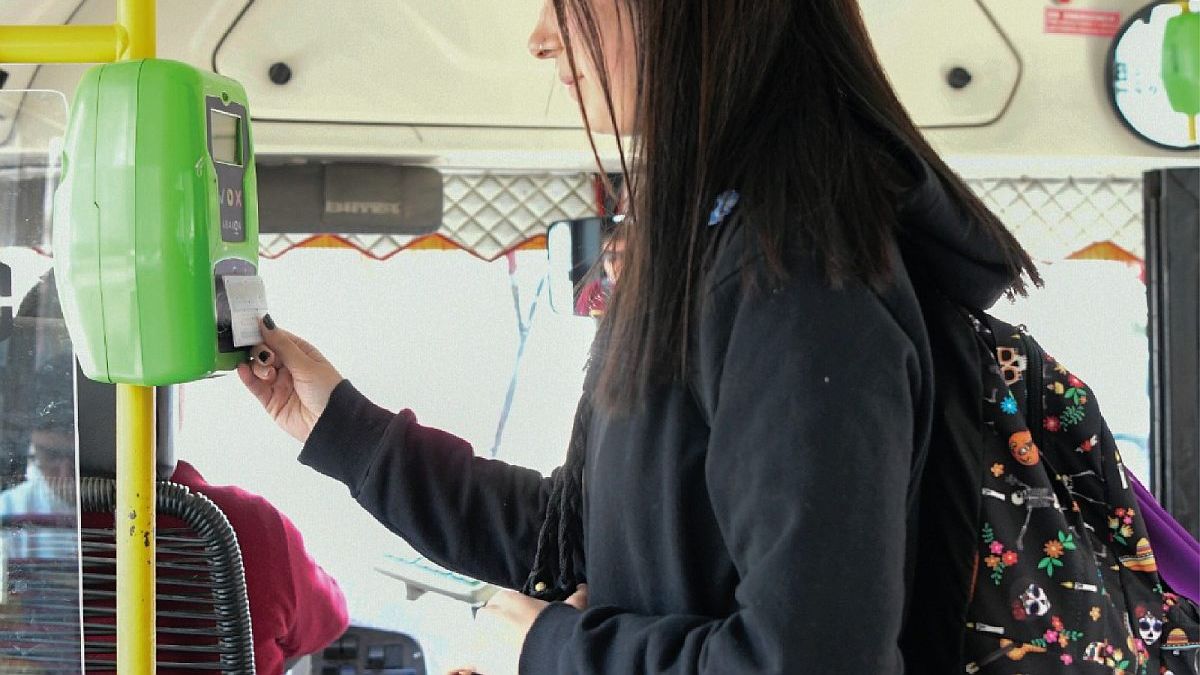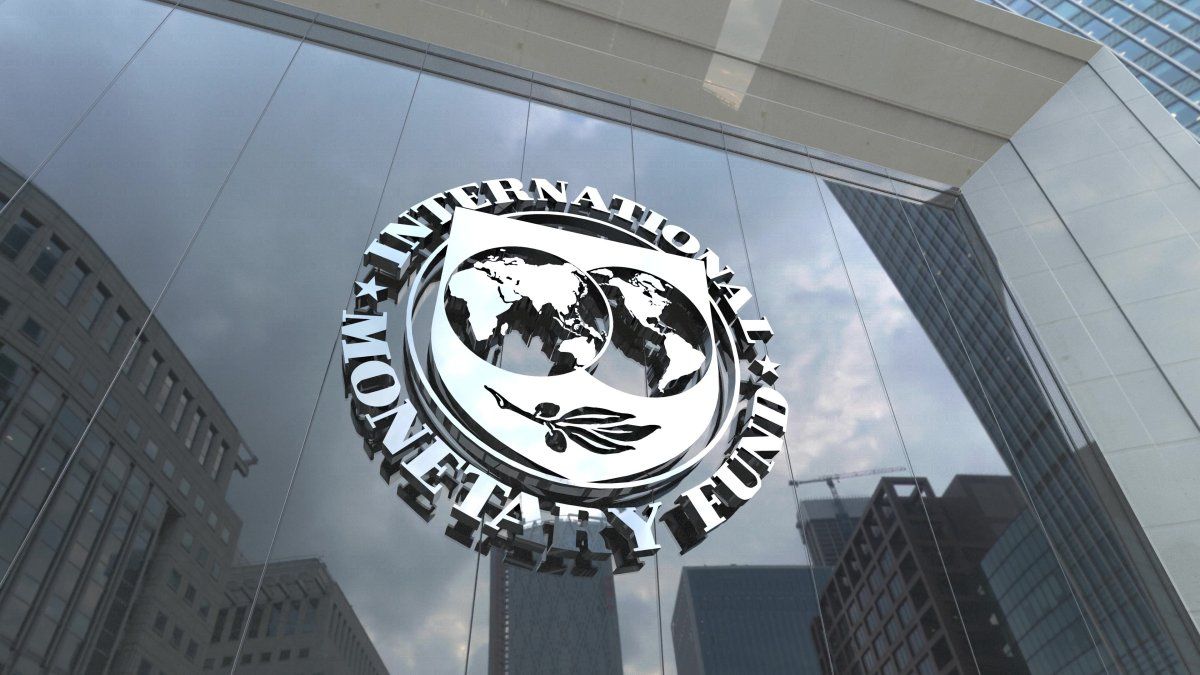The SUBE card will no longer be the only means of payment available for Travel by bus, train and subwayas announced by the Government through Decree 698/2024 published last Tuesday in the Official Gazette. In addition, They detailed what will happen with the student ticket once the measure starts.
This decision comes hand in hand with the Emergence and growth of other means of payment linked to mobile devices and the different modalities, since they explained that “it is necessary to give users the possibility of paying the fare for urban and suburban public transport services with various payment methods.”
Similarly, they intend ”promote competition from different payment service providers, the innovation and the improvement in the experience of users of said service.”
Bye SUBE: what happens to people who have a student ticket?
The Student Ticket, will continue to be processed in the corresponding districts and will continue to be applied through the SUBE card.
The same applies to access to the social rate, which can only be done through the SUBE card. People who already have the benefit will not have to carry out any other procedure, they will continue to travel in the same way as they have been driving. Work is being done so that in the long term this benefit can be incorporated into other means of payment.
When will the new payment system be implemented?
Although there is still no official date for the availability of the new payment methods, they have already started with the processes necessary to enable the use of debit cards and credit, virtual wallets and banking applications to pay for public transport tickets.
They specified that “in the coming months, with the corresponding progress of the implementation of this measure, the conditions and characteristics the opening of the system and the stages in which all modes of transport will be achieved throughout the country will be established.”
The first stage will begin between September and October, with a test in buses in two towns in the interior of the country. The second stage will be between October and Novemberwhere the adaptation of the turnstiles on the Urquiza train and in the CABA subways will be carried out.
The rest of the train lines and buses across the country will follow. In the latter case, antennas will need to be installed on the nearly 30,000 units at the federal level, so this will be done gradually.
What will happen to the SUBE card?
It will continue to function as always, only now it will be another option for paying for transportation. The SUBE system will continue to play a key role in monitoring the services provided by bus companies and the expenses they incur, as well as being a tool that allows for subsidizing demand for public transportation.
There will be further announcements regarding SUBE products in the coming weeks.
What payment methods will be available to pay for public transport?
Firstly, the use of debit cards will be enabled, which is the easiest and quickest way to implement. In future stages, credit cards, virtual wallets and QR codes will be incorporated. But these are instances that will be announced as the implementation progresses.
Does the measure entail any expense for the State?
No. The measure does not imply extraordinary expenses for the National State, but rather the financing for the implementation of the new means of payment will be the responsibility of the private sector.
Are discounts for transport network integration (SUBE Network) maintained if payment is made using other means?
The benefits of the integration of the Transport Network (SUBE Network) will only continue to work on the SUBE card until the opening of payment methods is implemented in all modes of transport.
Source: Ambito
I am Pierce Boyd, a driven and ambitious professional working in the news industry. I have been writing for 24 Hours Worlds for over five years, specializing in sports section coverage. During my tenure at the publication, I have built an impressive portfolio of articles that has earned me a reputation as an experienced journalist and content creator.




